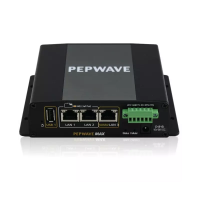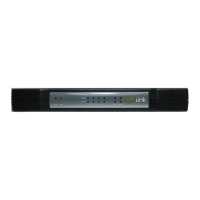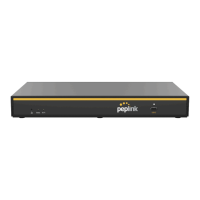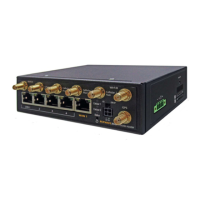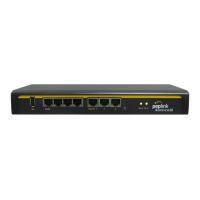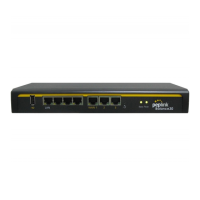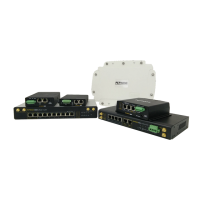User Manual
For Models:
ONE/20/30/30 LTE/50/210/310/305/380/580/710/1350/2500
MediaFast 200/500
Peplink Balance Firmware 6.2.2
December 2015
Copyright & trademark specifications are subject to change without prior notice. Copyright © 2015 Peplink International Ltd. All Rights
Reserved. Peplink and the Peplink logo are trademarks of Peplink International Ltd. Other brands or products mentioned may be
trademarks or registered trademarks of their respective owners.
Peplink Balance Multi-WAN Bonding Routers
